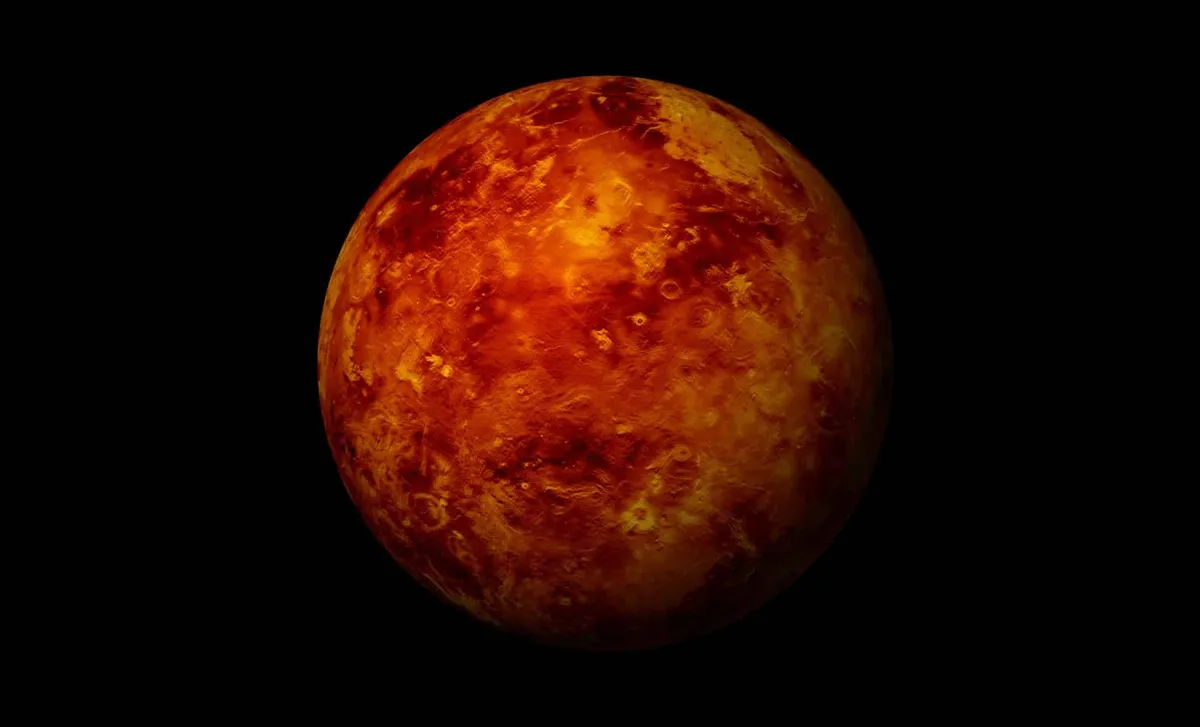
A bold and innovative initiative to explore the harsh atmosphere of Venus has been announced by a coalition of China’s foremost space agencies. This collaborative effort includes the Chinese Academy of Sciences, the China National Space Administration, and the China Manned Space Engineering Office. Unveiled in late 2023, this groundbreaking mission is slated for launch between 2028 and 2035, aiming to provide invaluable insights into one of our solar system’s most extreme environments.
Often dubbed as Earth’s twin, Venus presents an atmosphere that is strikingly different from our own. With sweltering temperatures exceeding 800 degrees Fahrenheit (427 degrees Celsius) and atmospheric pressure that is 90 times greater than that of Earth, Venus is recognized as the hottest planet in our solar system. The harsh conditions, characterized by extreme heat and crushing pressure, make it a world long deemed uninhabitable. The atmosphere is predominantly composed of carbon dioxide, enveloped in dense clouds of sulfuric acid, creating a perilous environment for both human exploration and machinery.
Despite these inhospitable conditions, recent scientific investigations indicate that Venus might still harbor unexpected secrets, such as the potential existence of microbial life within its upper cloud layers. The upcoming Chinese mission is specifically designed to delve into these anomalies, aiming to gather samples directly from Venus’s atmosphere, thereby enhancing our understanding of the planet’s atmospheric cycles and its potential for sustaining life.
The mission sets forth ambitious and multifaceted objectives. Foremost among these is the exploration for signs of microbial life. For years, scientists have speculated that the upper atmosphere of Venus could host microbes capable of surviving the extreme conditions, possibly through unknown chemical processes. This hypothesis gained traction following the controversial detection of phosphine gas in Venus’s clouds—a potential biosignature—although this claim remains a topic of debate within the scientific community.
Additionally, the mission aims to uncover insights into Venus’s geological evolution. Understanding the processes that led to the planet’s toxic atmosphere can illuminate aspects of its geological history. Another significant focus is to investigate the enigmatic behavior of Venus’s clouds, particularly their ability to absorb ultraviolet radiation, despite existing models suggesting that such processes should not be feasible.
The success of the mission will hinge on the deployment of at least two spacecraft. One will remain in orbit around Venus, while the other is designed to plunge into the planet’s thick and turbulent atmosphere. This atmospheric probe will collect gases and particles for analysis, offering crucial insights into the planet’s chemical and physical processes.
One promising method for sample collection involves a design previously proposed by the Massachusetts Institute of Technology (MIT) in 2022. This plan includes a Teflon-coated, corrosion-resistant balloon that would float through the clouds of Venus, collecting samples in a canister. Once the material is gathered, the canister would be returned to orbit before being sent back to Earth. However, overcoming the considerable challenge of transporting these samples across the vast distance of tens of millions of kilometers remains a significant obstacle.
If successful, this mission could herald a revolution in our understanding of Earth’s “sister planet.” The insights gleaned from the atmospheric samples could provide new explanations regarding the evolution of planetary atmospheres and the potential for life to thrive in extreme environments, even in the most unlikely of settings. As we venture into the unknown, the exploration of Venus may unlock secrets that have long eluded us, reshaping our comprehension of life beyond Earth.